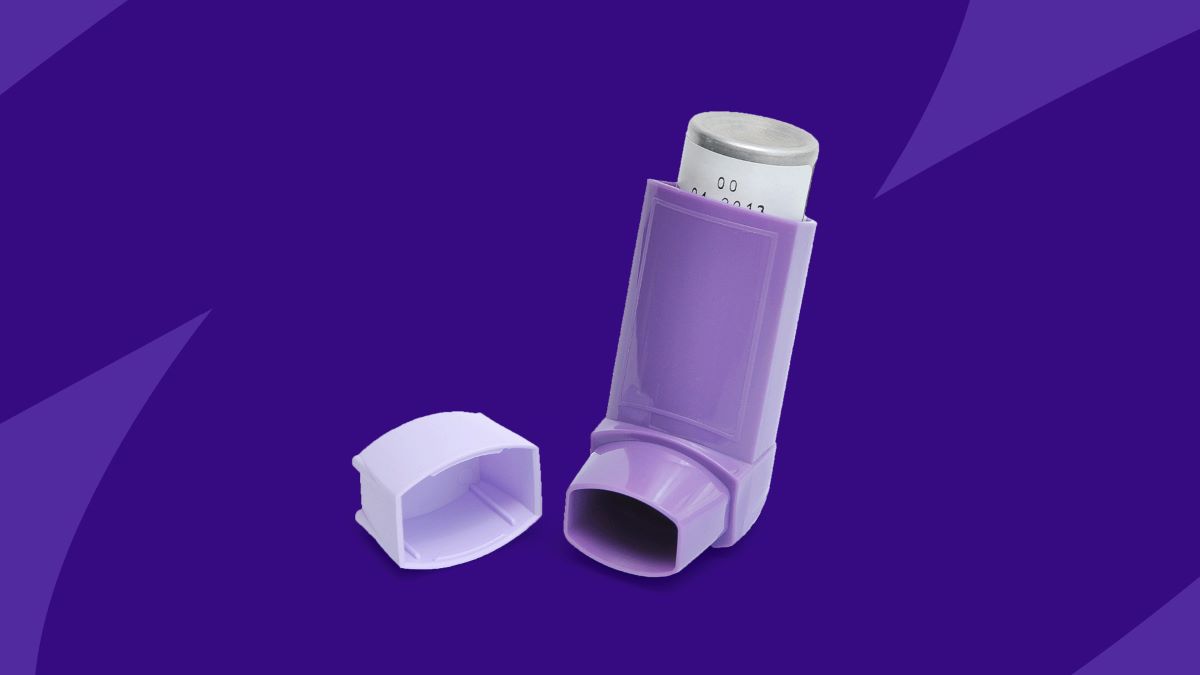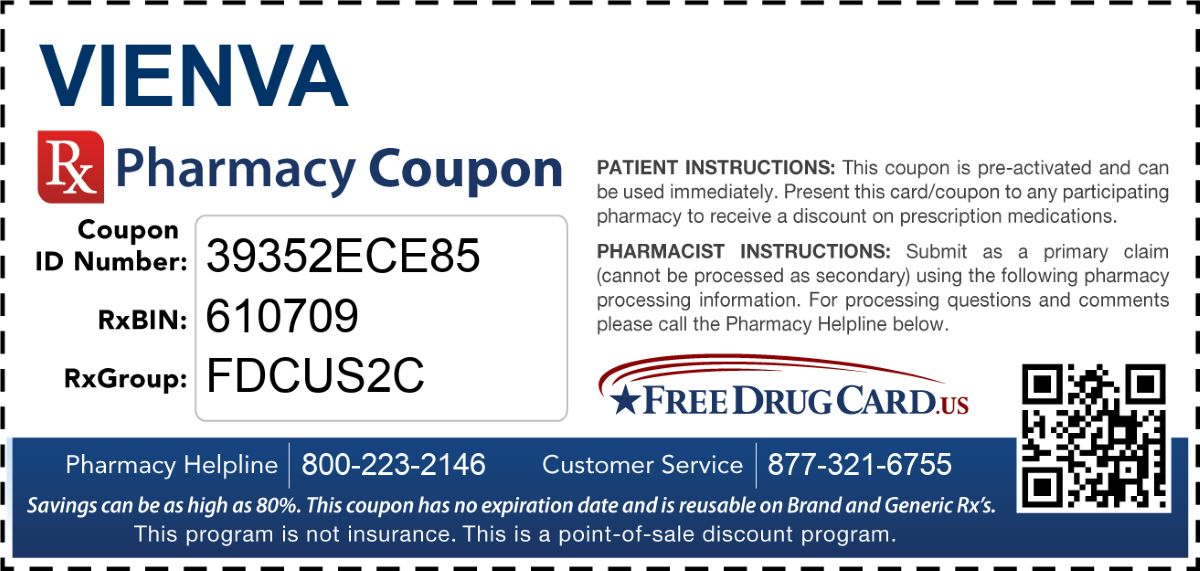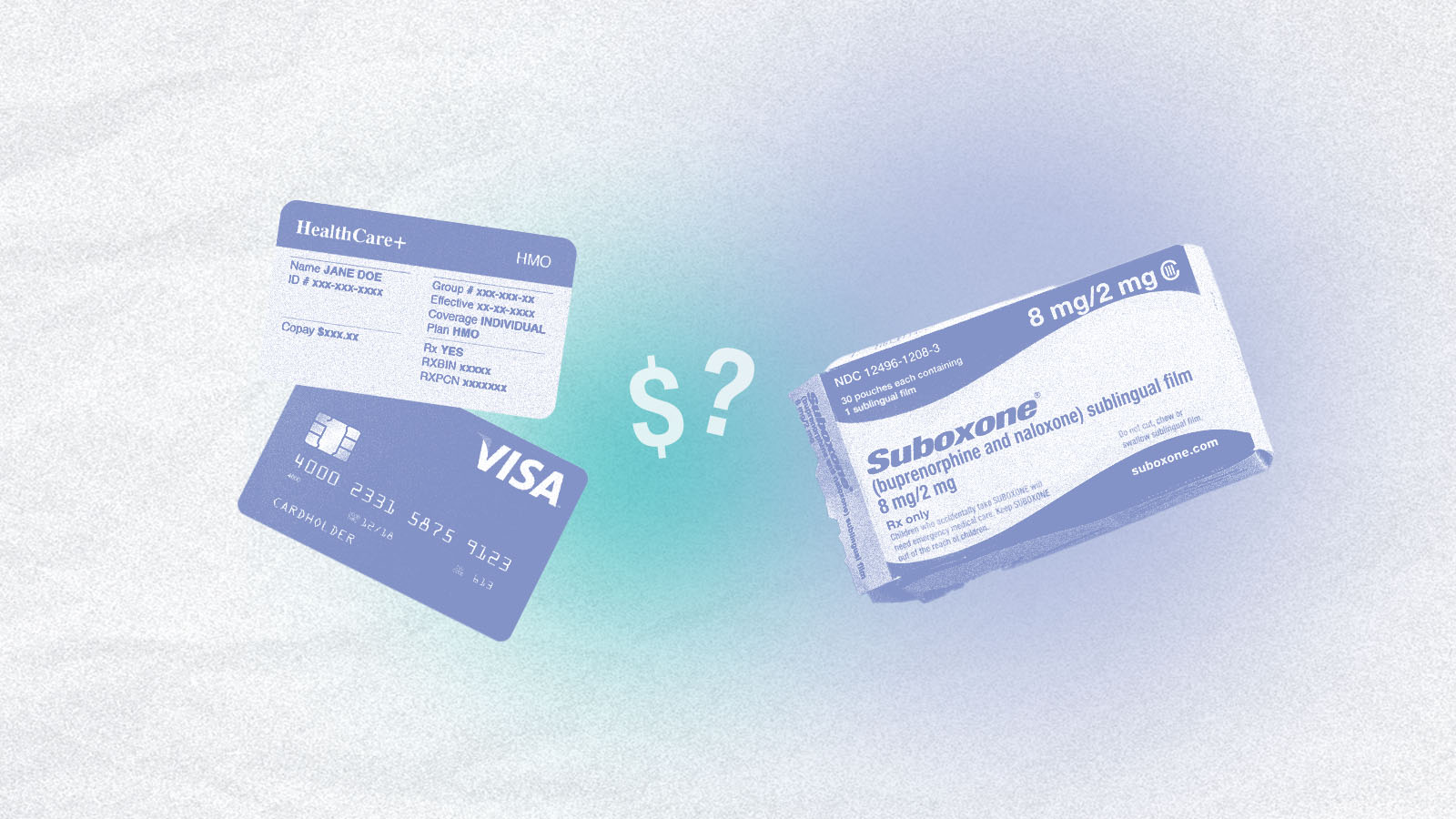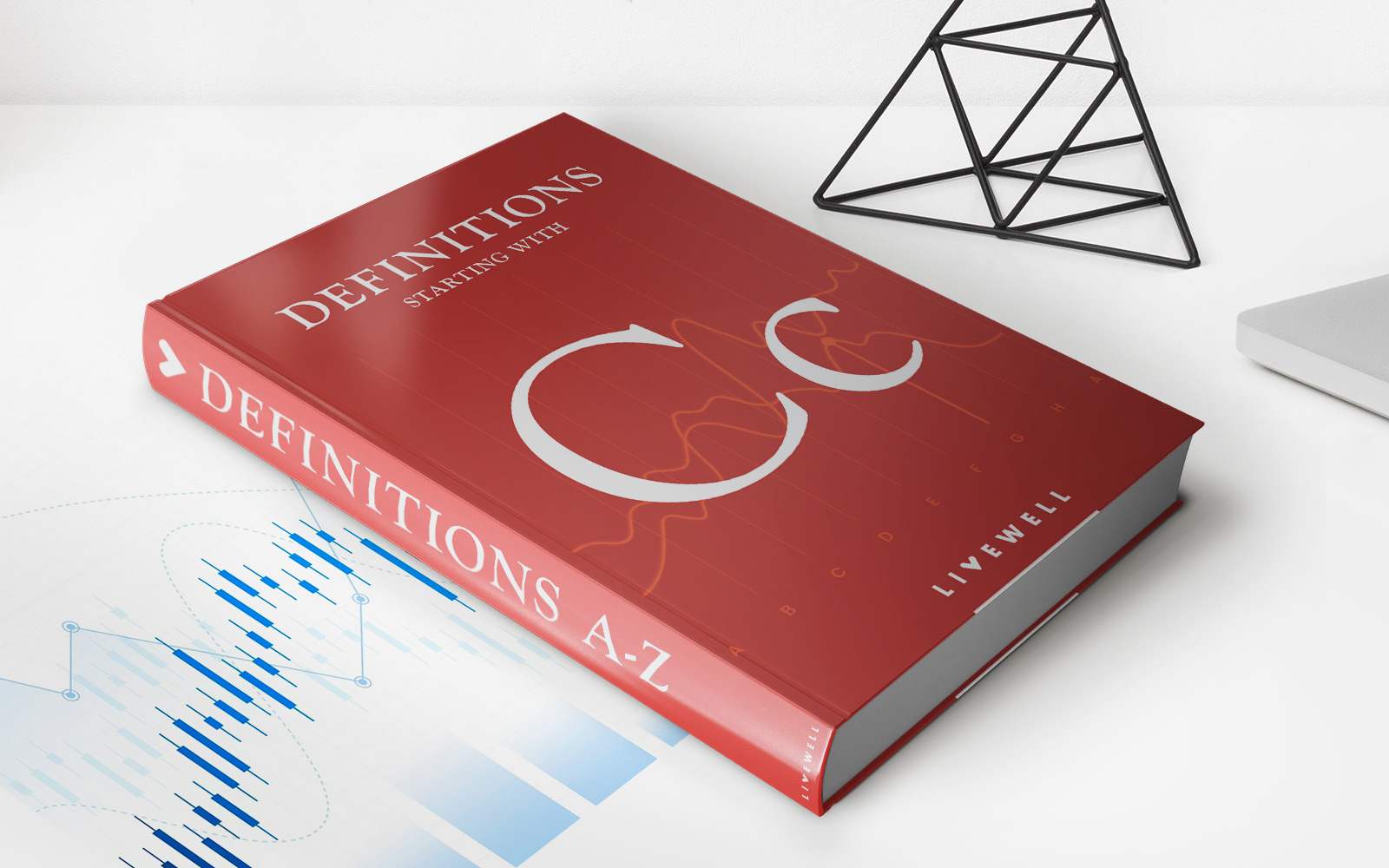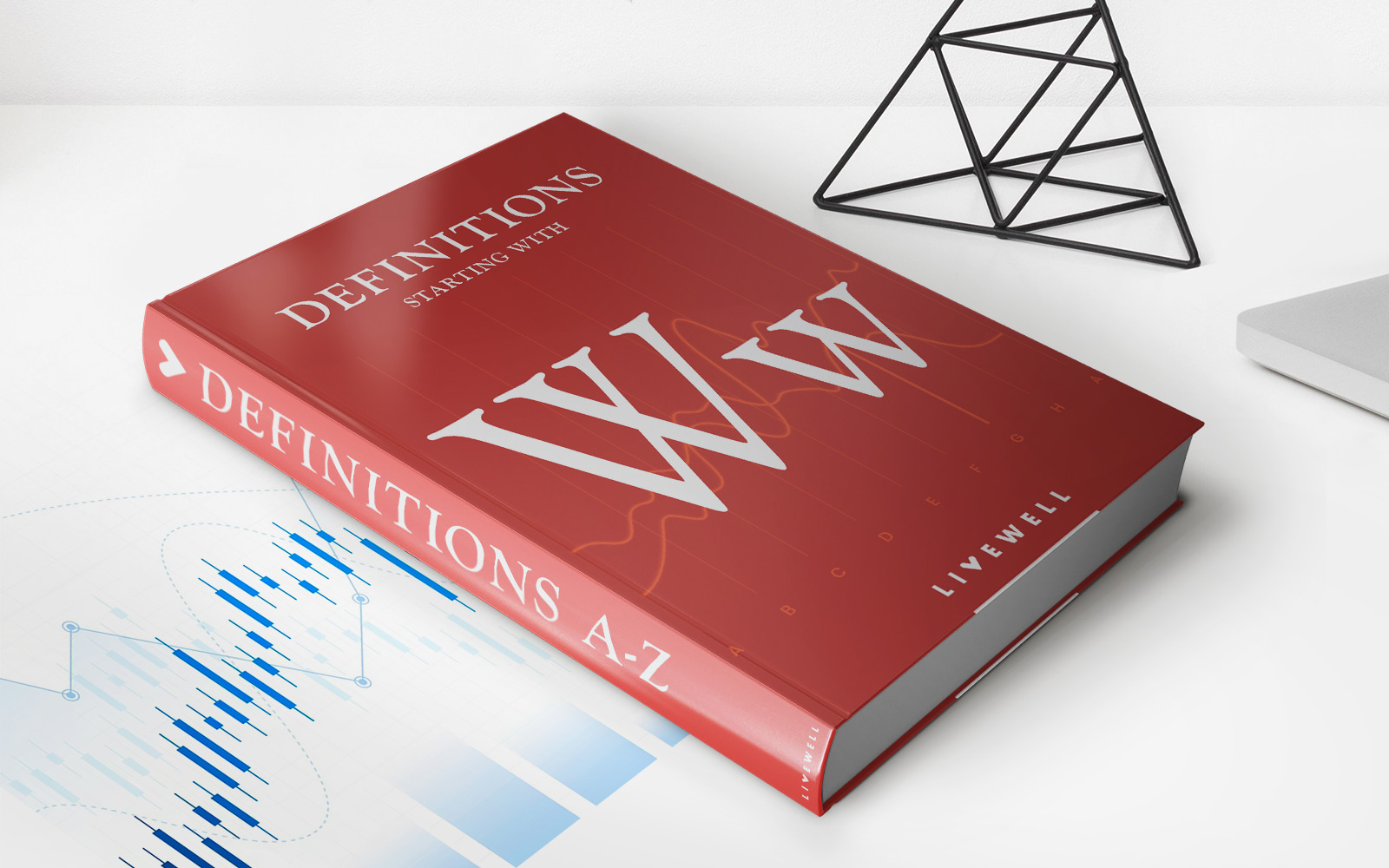

Finance
How Much Is The Inhaler Without Insurance
Published: November 28, 2023
Find out the cost of inhalers without insurance and explore financing options to manage your healthcare expenses efficiently.
(Many of the links in this article redirect to a specific reviewed product. Your purchase of these products through affiliate links helps to generate commission for LiveWell, at no extra cost. Learn more)
Table of Contents
Introduction
For those affected by respiratory conditions such as asthma or COPD (Chronic Obstructive Pulmonary Disease), inhalers are a critical lifeline. These small devices deliver medication directly to the lungs, providing relief and improving lung function. However, the cost of inhalers can be a major concern, especially for those without insurance coverage. Without insurance, the financial burden of purchasing inhalers can be overwhelming, often leading to difficult choices between medication and other necessities.
In this article, we will delve into the world of inhalers and explore the cost implications for those without insurance coverage. We will also identify key factors that influence the price of inhalers, as well as strategies to help individuals reduce their inhaler costs.
Understanding the financial impact of inhalers without insurance is crucial for individuals and families facing these challenges. By shedding light on the topic, we hope to empower readers with the knowledge and tools to make informed decisions about their healthcare and manage their financial responsibilities.
Understanding Inhalers
Inhalers are medical devices used to deliver medication directly to the lungs. They are commonly prescribed to individuals with respiratory conditions such as asthma, chronic bronchitis, or emphysema. Inhalers come in various forms, including metered-dose inhalers (MDIs), dry powder inhalers (DPIs), and nebulizers.
Metered-dose inhalers (MDIs) are the most commonly used type of inhaler. They consist of a pressurized canister filled with medication and a mouthpiece or mask. When activated, the MDI releases a pre-measured dose of medication in the form of a fine mist that can be inhaled into the lungs.
Dry powder inhalers (DPIs) are another type of inhaler, which deliver medication in the form of dry powder to be inhaled. Unlike MDIs, DPIs do not require a propellant to release the medication. Instead, the user inhales forcefully to draw the medication into the lungs.
Nebulizers are devices that convert liquid medication into a fine mist that can be inhaled. They are often used by individuals who have difficulty using MDIs or DPIs, such as young children or individuals with severe respiratory conditions. Nebulizers deliver medication over a longer period of time and are typically used at home.
These inhaler devices are designed to provide the medication directly to the lungs, bypassing the digestive system and allowing for faster and more targeted relief. The medication in the inhalers can vary depending on the individual’s condition and prescribed treatment plan. Common medications include bronchodilators, which help to open the airways, and corticosteroids, which reduce inflammation in the lungs.
Understanding the different types of inhalers and how they work is essential for individuals without insurance coverage. It allows them to make informed decisions about which inhaler is most suitable for their needs. Additionally, knowing the different medications commonly prescribed through inhalers helps in understanding the pricing variations among different inhalers.
The Cost of Inhalers Without Insurance
For individuals without insurance coverage, the cost of inhalers can be a significant financial burden. Inhalers are often expensive, and the lack of insurance coverage means that individuals are responsible for the full cost of these vital medications.
The prices of inhalers can vary greatly depending on factors such as the type of inhaler, the brand, and the specific medication contained within it. On average, inhalers can range from $30 to $300 per device, and some inhalers may need to be replaced every month or even more frequently.
The lack of competition among manufacturers can contribute to the high cost of inhalers. Because inhalers are considered brand-name drugs, there may be limited generic alternatives available, leading to less price competition compared to other medications.
It’s important to note that the cost of inhalers can vary significantly between pharmacies and locations. Prices may also fluctuate over time due to factors such as changes in supply and demand, pharmaceutical company policies, or discounts offered by specific pharmacies.
Without insurance coverage, the cost of inhalers can put a strain on individuals and families. This financial burden may lead to difficult decisions, such as rationing medication or skipping doses to make inhalers last longer. However, it’s crucial to avoid compromising on medication adherence, as this can negatively impact overall health and exacerbate respiratory conditions.
Fortunately, there are strategies available to help mitigate the cost of inhalers for those without insurance.
Factors Affecting the Price of Inhalers
The price of inhalers is influenced by a variety of factors that contribute to their overall cost. Understanding these factors can help individuals without insurance coverage make informed decisions regarding their healthcare expenses. Here are some key factors that affect the price of inhalers:
- Type of Inhaler: Different types of inhalers, such as metered-dose inhalers (MDIs), dry powder inhalers (DPIs), or nebulizers, may have different price ranges. MDIs are generally the most commonly prescribed and widely available, which can contribute to their affordability compared to other types.
- Brand and Manufacturer: The brand and manufacturer of the inhaler can significantly impact its price. Brand-name inhalers tend to be more expensive compared to generic alternatives. This is partly because brand-name inhalers may have more research and development costs associated with them.
- Medication Class: Inhalers contain different medications depending on the individual’s condition and treatment plan. Some medications used in inhalers may be more expensive due to factors like research and development costs, limited availability, or higher demand.
- Insurance Coverage: While this section focuses on the cost of inhalers without insurance, it’s worth mentioning that insurance coverage can have a significant impact on the price paid by individuals. Health insurance plans can negotiate lower prices with pharmacies or provide coverage for specific inhalers, reducing out-of-pocket costs.
- Pharmacy Pricing and Discounts: Prices for inhalers can vary between different pharmacies. It’s important to shop around and compare prices to find the most cost-effective option. Additionally, some pharmacies offer discounts, savings programs, or manufacturer coupons that can help reduce the price of inhalers for individuals without insurance.
- Supply and Demand: Fluctuations in supply and demand can influence the affordability of inhalers. If there is a limited supply of a specific inhaler, the price may rise. Conversely, when there is more competition and a larger supply of a particular inhaler, prices may be more competitive.
It’s important to consider these factors when exploring options for purchasing inhalers without insurance. By understanding the key elements that impact the price, individuals can make more informed decisions and explore available strategies to lessen the financial burden.
Strategies for Reducing Inhaler Costs
For individuals without insurance coverage, the cost of inhalers can be a significant financial burden. However, there are several strategies that can help reduce the cost of inhalers and make them more affordable. Here are some effective strategies to consider:
- Shop Around: Prices for inhalers can vary between different pharmacies. Take the time to compare prices and consider purchasing from pharmacies that offer lower costs.
- Ask for Generic Options: Generic versions of inhalers are often more affordable than brand-name inhalers. Talk to your healthcare provider and ask if there are generic alternatives available for your prescribed medication.
- Utilize Prescription Discount Cards: Prescription discount cards or programs can help lower the cost of inhalers. These programs offer discounts on prescription medications, including inhalers, and can be used at participating pharmacies.
- Explore Patient Assistance Programs: Many pharmaceutical companies offer patient assistance programs that provide free or discounted inhalers to individuals who qualify based on financial need. Check with the manufacturer of your specific inhaler to see if they have such a program.
- Consider Online Pharmacies: Online pharmacies may offer lower prices for inhalers compared to brick-and-mortar pharmacies. However, be sure to research the credibility and legitimacy of the online pharmacy before making a purchase.
- Speak to Your Healthcare Provider: Discuss the financial challenges you are facing with your healthcare provider. They may be able to recommend alternative medications or treatment options that are more affordable.
- Explore Patient Assistance Foundations: Certain nonprofit organizations and foundations provide financial assistance to individuals who cannot afford the cost of their medication, including inhalers. Research and reach out to these organizations to inquire about available assistance programs.
- Consider Inhaler Recycling Programs: Some organizations or pharmacies offer inhaler recycling programs where individuals can return unused or expired inhalers in exchange for discounts on new ones. This can help reduce the overall cost of purchasing inhalers.
- Speak to your Pharmacist: Pharmacists are knowledgeable about various cost-saving options and may be able to provide insights and recommendations on how to reduce inhaler costs.
By implementing these strategies, individuals without insurance coverage can minimize the financial burden associated with purchasing inhalers. It’s important to remember that maintaining consistent use of prescribed inhalers is crucial for managing respiratory conditions, so exploring these cost-saving strategies allows individuals to prioritize their health without compromising their financial well-being.
Conclusion
Inhalers are essential medical devices for individuals with respiratory conditions. However, the cost of inhalers without insurance coverage can create a significant financial burden for many. Understanding the factors that influence inhaler prices and exploring strategies to reduce costs are crucial for individuals without insurance seeking to manage their healthcare expenses effectively.
While the price of inhalers can vary depending on factors such as the type of inhaler, brand, and medication class, there are strategies available to help alleviate the financial burden. Shopping around, exploring generic options, utilizing prescription discount cards, and considering online pharmacies are just a few examples of the strategies individuals can employ to save on inhaler costs.
Moreover, exploring patient assistance programs, both from pharmaceutical companies and nonprofit organizations, can provide individuals with access to inhalers at reduced or no cost. Discussing concerns about the financial implications of inhalers with healthcare providers and pharmacists can also provide valuable insights and assistance in finding affordable options.
It is important to prioritize consistent use of prescribed inhalers to effectively manage respiratory conditions. By implementing cost-saving strategies, individuals without insurance can navigate the financial challenges associated with purchasing inhalers while ensuring their overall well-being.
Remember, every individual’s situation is unique, and it may require a combination of strategies to find the most effective and affordable solution. By staying informed, exploring the available options, and advocating for your healthcare needs, you can take proactive steps towards reducing inhaler costs and maintaining your respiratory health.



